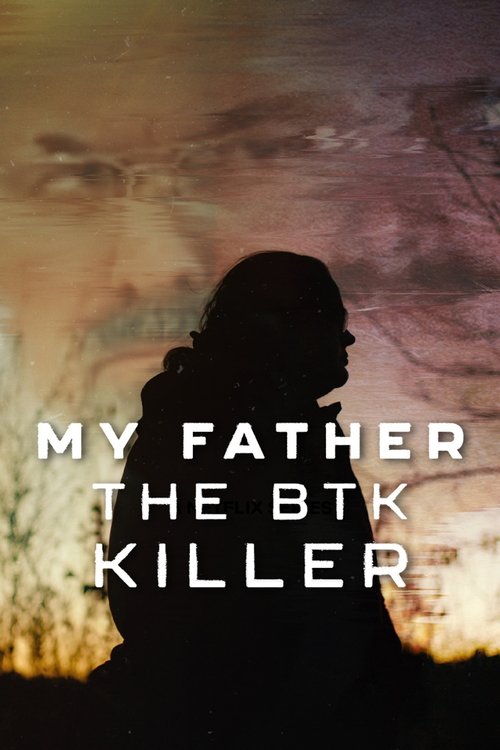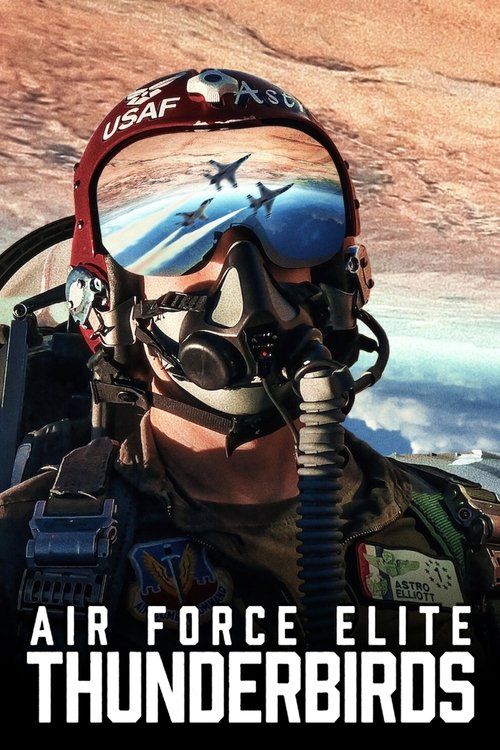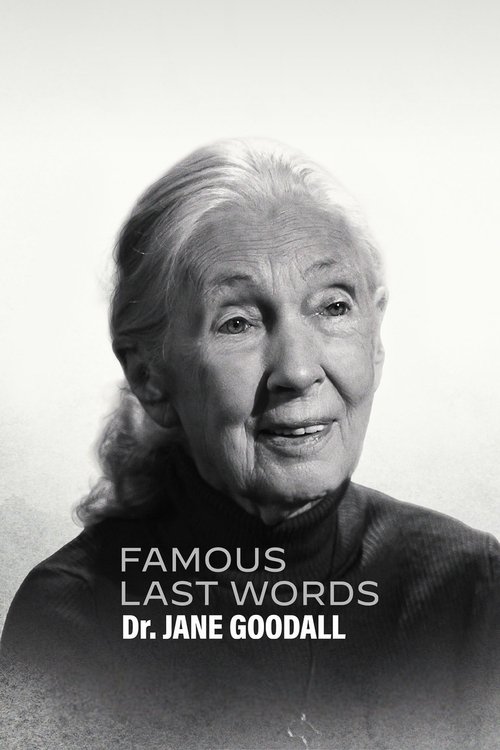
Ask Your Own Question
What is the plot?
More Movies Like This
Browse All Movies →
What is the ending?
The ending of Air Force Elite: Thunderbirds (2025) shows the elite pilots successfully completing their intense and dangerous demonstration season, having mastered the extreme physical and mental demands of flying in the Thunderbirds team. The film closes on a note of respect for their skill, sacrifice, and commitment to service beyond self.
Expanding on this, the final sequence unfolds with the team preparing for their last air show of the season. The scene opens with the pilots in the briefing room, reviewing their complex maneuvers one last time, their faces a mix of focus and fatigue after months of grueling training and performances. The camera then shifts to the hangar where the jets gleam under the bright lights, each plane meticulously checked and polished, symbolizing the precision and care required for their craft.
As the sun sets, the pilots don their flight suits and helmets, exchanging nods and brief smiles, a silent acknowledgment of the bond forged through shared risk. The film then takes the audience into the cockpit, using immersive camera angles to capture the intense concentration and physical strain as the pilots execute the high-speed, close-formation aerobatics that define the Thunderbirds' signature style.
Throughout the aerial demonstration, the narrative highlights the extreme G-forces that push the pilots to their limits, the split-second timing required to avoid catastrophe, and the trust they place in each other. The number 5 plane's upside-down number, a small but telling detail, appears right-side up during the maneuvers, symbolizing the pilots' mastery over their environment and the inversion of normal survival instincts.
The climax features a flawless diamond formation pass, the planes flying in perfect synchronization against a backdrop of cheering crowds and a glowing sky. The film then cuts to the ground, where families and support crew watch with pride and relief, underscoring the personal sacrifices behind the spectacle.
In the closing moments, the team gathers for a debrief, sharing quiet moments of camaraderie and reflection. The leader, known as Astro, is shown with his family, reinforcing the theme of service balanced with personal life. His wife's earlier words, "don't die," echo softly, reminding viewers of the ever-present danger.
The final shot lingers on the Thunderbirds emblem, a symbol of elite skill, dedication, and the spirit of pushing beyond limits for a cause greater than oneself. The film ends without fanfare, honoring the pilots' courage and the legacy of the Thunderbirds as both a demonstration team and a brotherhood bound by trust and sacrifice.
Who dies?
Yes, in the movie Air Force Elite: Thunderbirds (2025), the character Maj. Stephen "Cajun" Del Bagno is featured posthumously. He died in a real-life training accident in 2018, which the documentary honors and reflects upon. The film includes interviews with his parents and discusses the circumstances of his death, emphasizing the risks and sacrifices involved in being part of the elite Thunderbirds team.
The circumstances of Maj. Del Bagno's death are detailed as follows: During a training flight on April 4, 2018, he was performing a high-risk aerial maneuver called the High Bomb Burst Rejoin at the Nevada Test and Training Range near Nellis Air Force Base. While executing a descending half-loop maneuver known as the Split-S, he experienced extreme G-forces (up to 8.56 Gs), which caused him to lose consciousness for about five seconds. He partially regained consciousness just before crashing but was unable to recover the aircraft and did not eject. The accident was fatal.
No other character deaths are mentioned in the documentary or related sources. The film focuses on the living pilots and the legacy of Maj. Del Bagno as a tribute to the price of service and sacrifice in the Air Force elite team.
Is there a post-credit scene?
The movie Air Force Elite: Thunderbirds (2025) does not have any publicly documented post-credit scene. The available information from official sources and reviews, including IMDb and Netflix release details, does not mention or describe any post-credit scenes for this documentary-style film about the U.S. Air Force Thunderbirds flight squadron.
The search results include a post-credit scene for a different 2025 movie titled Thunderbolts related to Marvel characters, but this is unrelated to Air Force Elite: Thunderbirds.
Therefore, based on current information, Air Force Elite: Thunderbirds does not feature a post-credit scene.
What personal challenges do the pilots face in Air Force Elite: Thunderbirds?
The pilots, especially Lt. Col. Justin "Astro" Elliott, balance intense training and leadership responsibilities with personal life, including family pressures and the constant risk of fatal accidents. Elliott struggles to manage his role as team leader while being a husband and father, with his wife expressing the fear of losing him due to the dangers of the job.
How does the film portray the risks and dangers of being a Thunderbird pilot?
The documentary openly addresses the high risks involved, including historical accidents like the 1982 Indian Springs crash where four pilots died. Pilots discuss the ever-present danger, including traumatic experiences such as ejecting from aircraft, which can cause lasting physical harm. The film emphasizes the personal costs and sacrifices inherent in the role.
What unique filming techniques are used to capture the Thunderbirds in action?
The film uses real-time footage with no reenactments, integrating into actual flight plans. It employs in-cockpit GoPro 360 cameras and dynamic helicopter shots to provide an immersive experience of supersonic speeds and complex maneuvers. This approach creates a visceral and authentic portrayal of the pilots' experiences.
Who are some of the key individuals featured in the documentary and what are their stories?
Key figures include Lt. Col. Justin "Astro" Elliott, the lead pilot who gave up an astronaut dream to lead the team, and Thunderbird 2 pilot "Zeke," whose journey from humble beginnings in a Florida trailer park to elite pilot highlights perseverance. The film also honors Maj. Stephen "Cajun" Del Bagno, who died in a training accident, reflecting on the cost of service through his parents' voices.
How does the documentary balance the spectacle of flight with the human stories behind the Thunderbirds?
While visually spectacular with carefully composed aerial footage, the film also focuses on quieter moments such as flight briefings, post-flight reflections, and off-duty conversations. It reveals the pilots' personalities, motivations, and the emotional weight of their service, providing a well-rounded narrative beyond just the airshow performances.
Is this family friendly?
The movie Air Force Elite: Thunderbirds (2025) is generally considered suitable for a middle school audience and above, making it relatively family friendly, but with some caveats. It is a documentary-style film that showcases the elite USAF Thunderbird demonstration team, focusing on their skill, dedication, and the emotional lives of pilots and support crew.
Potentially objectionable or upsetting content includes:
- Real-life danger and references to tragic accidents and pilot deaths, including historical crashes such as the 1982 Indian Springs crash where all four pilots in a formation died. These references are presented seriously and may be distressing to sensitive viewers or young children.
- Brief alcohol use is shown but no profanity or drug use is noted.
- The film does not contain graphic violence but does acknowledge the inherent risks and personal costs of flying in such a high-risk elite team.
Overall, while the film is inspiring and visually spectacular, parents should be aware that it contains mature themes related to loss, danger, and the emotional toll on military aviators and their families. It is best suited for older children (middle school and up) and adults, especially those who can understand and process the serious nature of the risks involved in military flight demonstration.






















